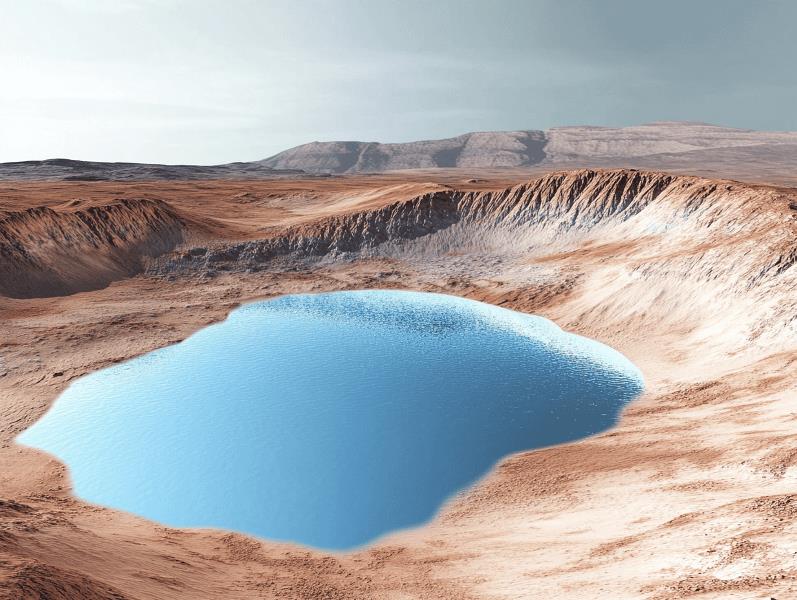Recent analyses of seismic data from NASA’s InSight lander have provided compelling evidence suggesting the presence of liquid water deep beneath Mars’ surface. Researchers Ikuo Katayama from Hiroshima University and Yuya Akamatsu from the Research Institute for Marine Geodynamics utilized seismic wave velocities detected during marsquakes to infer that liquid water may exist between 11.5 and 20 kilometers (7.1 to 12.4 miles) below the Martian surface.
This discovery builds upon previous studies indicating that ancient Mars harbored significant surface water billions of years ago. The new findings, however, suggest that liquid water could still be present in the planet’s deep subsurface today. The researchers based their conclusions on data collected by the Seismic Experiment for the Interior Structure (SEIS) instrument aboard the InSight mission, which operated on Mars from 2018 to 2022.
The SEIS instrument was the first seismometer to function on Mars, detecting various seismic waves generated by marsquakes. These included primary waves (P-waves), which oscillate back and forth similar to sound waves; secondary waves (S-waves), which move up and down perpendicular to their direction of travel; and surface waves that propagate along the planet’s surface akin to ripples in water.
The potential existence of liquid water deep underground has significant implications for the planet’s geology and the possibility of life. Subsurface water could serve as a habitat for microbial life, shielded from the harsh surface conditions of Mars. Additionally, understanding the distribution of water on Mars is crucial for future exploration and potential colonization efforts.
These findings contribute to the ongoing debate regarding the fate of water on Mars and highlight the need for further exploration to confirm the presence of liquid water and assess its potential for supporting life.



Comments (0)
No comments yet. Be the first to comment!
Leave a Comment